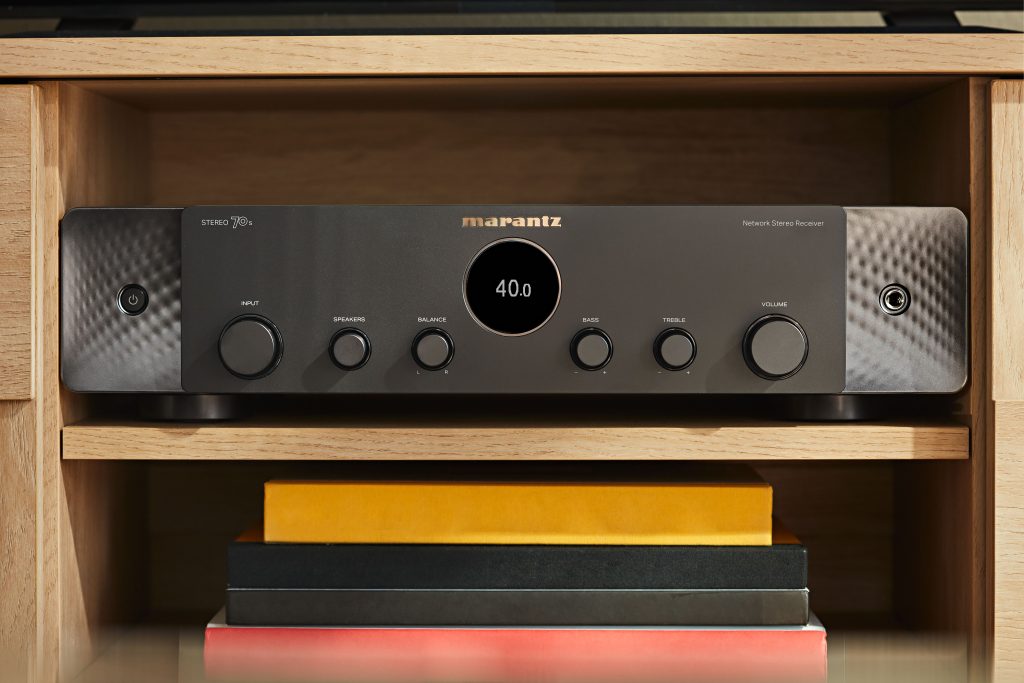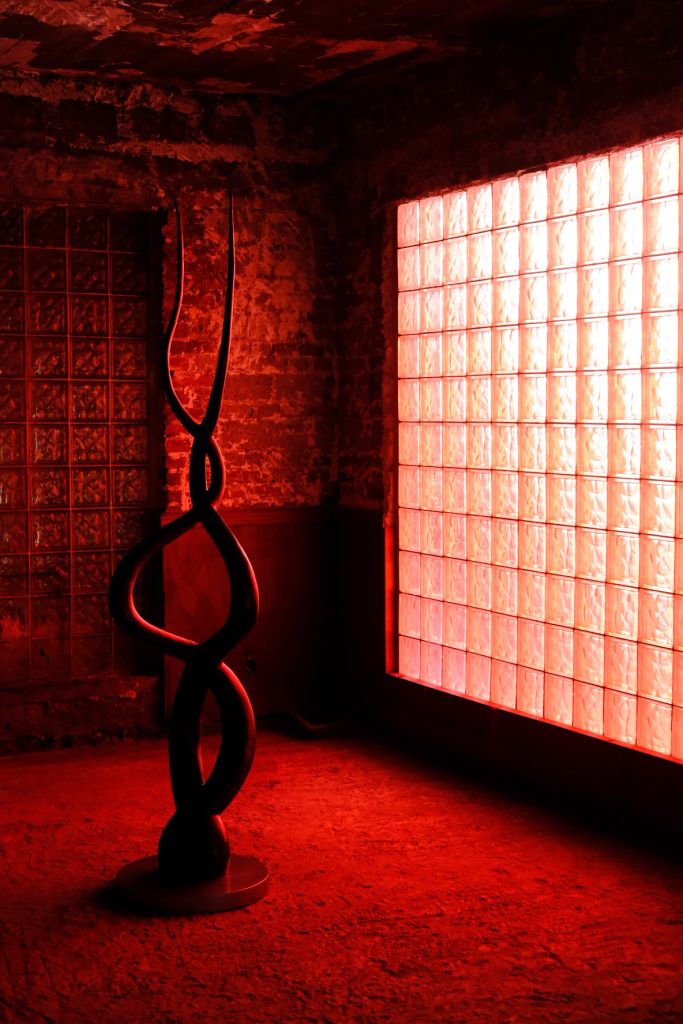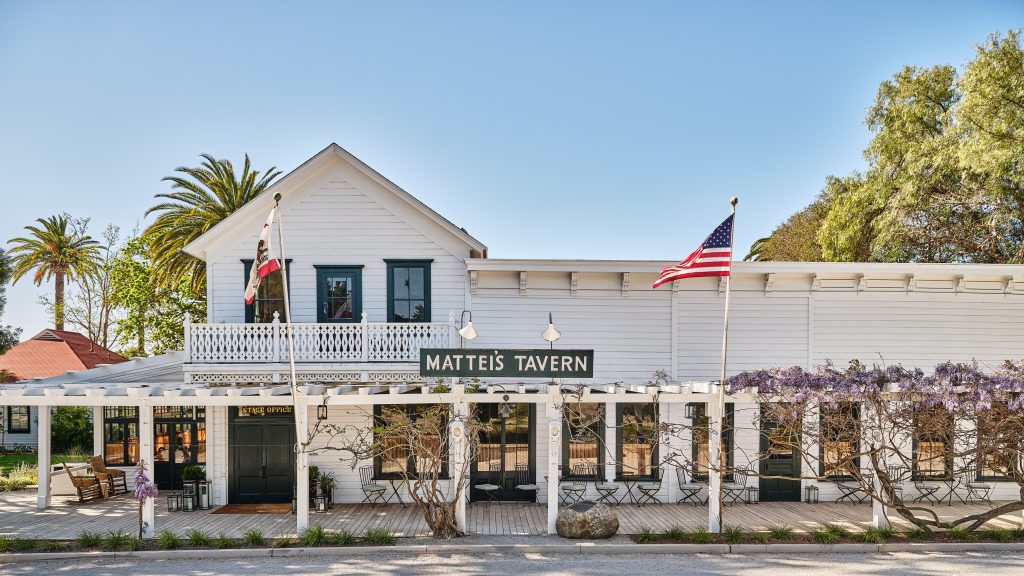Testing the Marantz STEREO 70s Two Channel Receiver
An excellent, affordable amplifier that’s far friendlier for non-audiophiles while still cranking out the brand’s powerful, warm signature sound

The STEREO 70s integrated receiver/amplifier isn’t celebrating the 1970s. Instead it’s a commemoration of 70 years of making amplifiers; in 1953, Saul Marantz founded the company in New York City. The Marantz brand is, today, quite different; the company’s wares are largely Japanese, manufactured in its Shirakawa facility that’s been there for the past 22 years. That transition from NYC to Japan happened over decades, thanks to devoted audiophiles in that country and manufacturing capacity that was growing in the 1960s and ’70s, while it was shrinking in the US.

You should care about the STEREO 70s because it’s affordable for an item from a brand with a fairly legendary audiophile pedigree, and it’s dead-simple and un-intimidating to use. “Unfortunately,” Gary Dayton, Senior Product Planner at Marantz says about the reputation of better audio components, “there’s been an impermeable intimidation wall regardless of whether you can afford better audio products. Consumers have just been taught it’s a pain in the ass.”
In response to that perception, Marantz designed the STEREO 70s with paper instructions that were simple to follow. Unbox the unit and it tells you what to plug in where. As soon as you’ve strung an HDMI cord from your TV to the clearly labeled HDMI port you’re able to follow on-screen instructions, and getting the unit to work with a pair of speakers (or a soundbar), turntable and/or CD player is all super-simple. In fact it’s almost breathtakingly antithetical to the rest of the electronics world. Once setup was complete, it was also simple to add the Marantz to a home network and then enable AirPlay (so you can send whatever’s playing on your phone to the receiver). Further, if you use a higher bitrate streaming service, such as Roon (which we like, because it enables control of our own library as well as higher-fidelity streaming) the Marantz will auto-populate it as an output.
Plus, an app called HEOS (for Android and iPhone) is integrated with the STEREO 70s. It lets you communicate with the receiver from your phone and stream from sources like Spotify, Tidal, SiriusXM, SoundCloud and about 10 more services, as well as from tracks natively stored on your phone. Your phone becomes your remote, too, since you can choose from all the amp’s wired sources like phono or CD, as well as video sources, such as an Apple TV. The included remote is far less necessary with HEOS.

Dayton explains two decisions about this one-stop app solution. “First, we’re not making judgment calls for customers,” where, without naming names, other more hidebound brands might want to curate what you can stream. “I download a lot of stuff from Bandcamp or just self-published or otherwise under-available on streaming services sources. I can play that just as easily through my Marantz equipment as I can a Spotify playlist that my daughter sends me.”
As for making playback easier, that was critical to Marantz’s thinking, especially for video integration. “Historically there has been a pretty high degree of inconvenience; you couldn’t just turn on the TV and have it automatically switch to your amplifier. Now it automatically switches.” This is regardless of whether you were just playing music through a streaming service or the amplifier was off. Likewise, switch off your TV and the whole system powers down. “This restores the expectation of convenience that we’ve had with sound bars or with the TV without sacrificing any sound quality.”
Not that any of that would matter if the sound was garbled—but just the opposite is true. During testing, whether listening to Joe Cocker’s amazing 1970 live cover of “The Letter,” a lossless recording on Apple Music, or Hank Mobley’s version of “Dance of the Infidels” on a Blue Note LP we picked up on vinyl in Tokyo, the sound staging and reproduction were superb. Dayton attributes the clarity and warmth to a bit of in-house technical wizardry, noting that over time Marantz, like most other larger-scale producers, switched from “analog” amplification to chip-based circuitry—but that introduced its own headaches.
We want you to hear that inherent warm character in recorded music without overdoing it so it’s dripping with syrup, which is not fun.
Gary Dayton, Senior Product Planner at Marantz
“Ideally amplifiers would just use a power supply to make a facsimile of the incoming audio signal but bigger, right?” Dayton asks rhetorically. “Unfortunately with chip-based amplifiers there are problems. One, they’re usually unable to respond to voltage changes very quickly, and that introduces distortion.” There are other issues, but Dayton explains this led to Marantz’s decision to build their own custom Hyper Dynamic Amplifier Modules (HDAMs). These are custom tuned by Marantz engineers, are comprised of individual resistors, capacitors, and inductors, and allow Marantz to continue with its signature “warmer” sound, without losing accuracy.
“People think that there are competing objectives; that you can’t have crispness without a kind of cooler temperature. But it’s not true. We want you to hear that inherent warm character in recorded music without overdoing it so it’s dripping with syrup, which is not fun.”

The final piece of the puzzle is simple design. Going all the way back to 1960, when Marantz came out with the Model 9 amplifier, a chunky block of metal that collectors still chase, the company has used a signature, center “porthole” on the face of their amps that’s like a cyclops eye. Dayton says that on the STEREO 70s, as with past units, it’s meant to convey information simply (such as showing you that you’re streaming over AirPlay), rather than to introduce distraction with dancing lights. This is especially true if you want to use the unit with a minimal soundbar in front of a TV, where moving meters would be a visual bother. This is also why the unit is slim—only 4.1 inches tall—so it can fit into your life rather than dominate a bookshelf.
There are some subtle but lovely design elements to the piece, however. Smoothly surfaced dials for treble and bass, as well volume, balance, speakers and input source grace the facade face plate, while that sits against a slightly concave, Fibonacci patterned, dimpled metallic surface. “That’s meant to suggest some order in our universe,” Dayton explains. “Think of concentric circles formed from rain on a pond.” But, he adds, the idea is meant more to convey timelessly classic minimalism. “At its fundamental level this is not a scientific instrument. It’s there to help communicate art.”
The Marantz STEREO 70s is $1000 direct from the brand or at select retailers.












What are your thoughts?